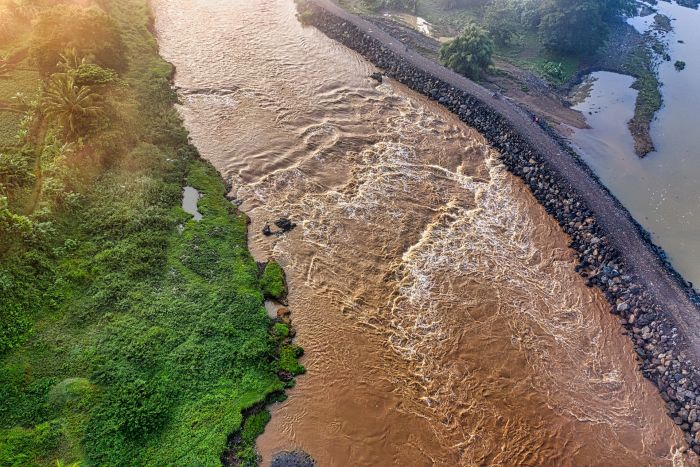
堤防は米国のすべての州で使用されていますが、海岸線や米国中部など、大きな水域がある州ではより多く使用されています。 米国陸軍工兵隊の国立堤防データベース, によると、堤防は2万マイル以上あり、堤防の平均築年数は59年です。
堤防は私たちの社会で重要な役割を果たしています。通常、堤防は土で作られ、これらの構造物は洪水を防ぐために、または土地を農業目的に利用するために建設されます。 ナショナルジオグラフィックの堤防のページ によると、堤防は文明の始まり以来、建設され、強化されてきました。おそらく、あなたも気づかないうちに堤防に遭遇したことがあるでしょう。単純な堤防の例としては、自宅近くの洪水を防ぐために土嚢を使用する場合があります。
通常、堤防は手動で監視されます。この継続的な課題に対処するため、Campbell Scientificのクライアントは、堤防の重要な構造を自動的に観察および評価したいと考えていました。焦点は、監視を自動化することで、潜在的な破損を早期に検出し、防止することでした。堤防監視の重要な理由の 1 つは、堤防の周辺に住むコミュニティを保護することです。堤防の挙動に関する重要なデータを収集するために、最先端の機器とセンサーが多数導入されました。これには、Campbell Scientificの特殊な時間領域反射率測定 (TDR) システムが含まれていました。TDR システムは、さまざまな場所の水平および垂直変位、水分量、温度、間隙水圧に関する貴重なデータを提供しました。
リアルタイム データを収集、分析、相関させる能力は、土質工学の分野に革命をもたらし、エンジニアにインフラ設計や防災戦略に不可欠な情報を提供しています。科学的手法とエンジニアリングの専門知識を組み合わせたこのプロジェクトの独自のアプローチは、堤防監視イニシアチブの新たなベンチマークを確立しました。高度な機器、リアルタイムのデータ視覚化、積極的な意思決定を組み合わせることで、このプロジェクトは堤防の安全性を高めただけでなく、土質工学と防災戦略の将来の進歩への道を開きました。
同様の課題に直面している他の地域でも、このケーススタディを例として、データの監視と評価のための自動化システムを実装することで、より広範囲の地域で堤防の安定性を確保できます。堤防、ダム、その他の地質工学プロジェクトの監視に役立つプラットフォームの実装にご興味がある場合は、以下のいずれかのフレンドリーなリソースにお問い合わせください。
- 弊社営業チームメンバー (infra-sales-na@campbellsci.com)
- 弊社のアプリケーションエンジニア (CSI-Infrastructure@campbellsci.com)
ご質問がございましたら、喜んでお手伝いいたします。
機密保持のため、このケーススタディのクライアント、場所、および識別情報は提供できませんのでご了承ください。